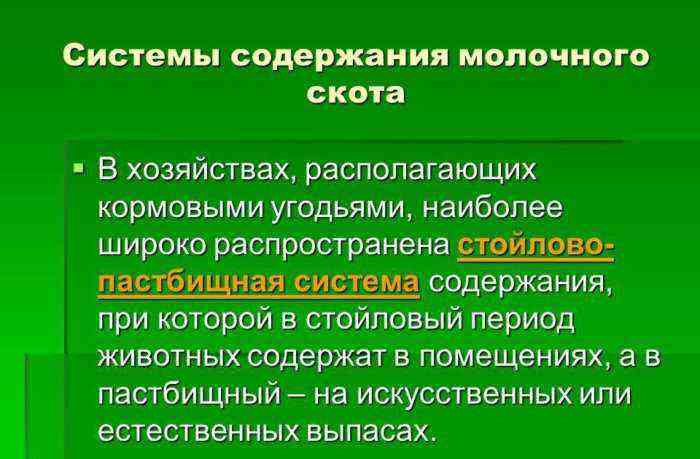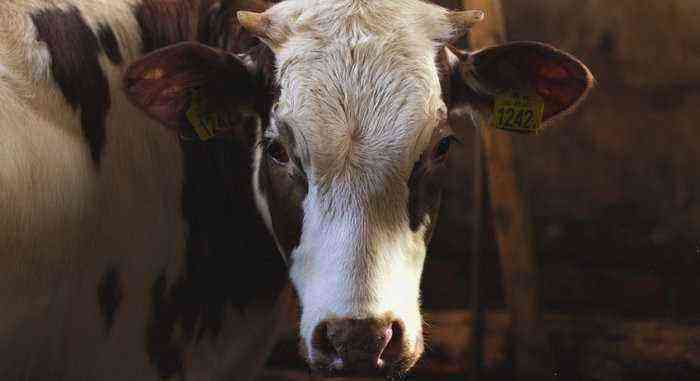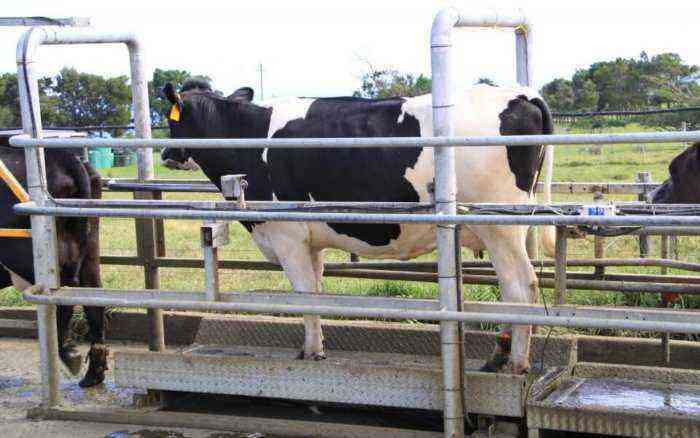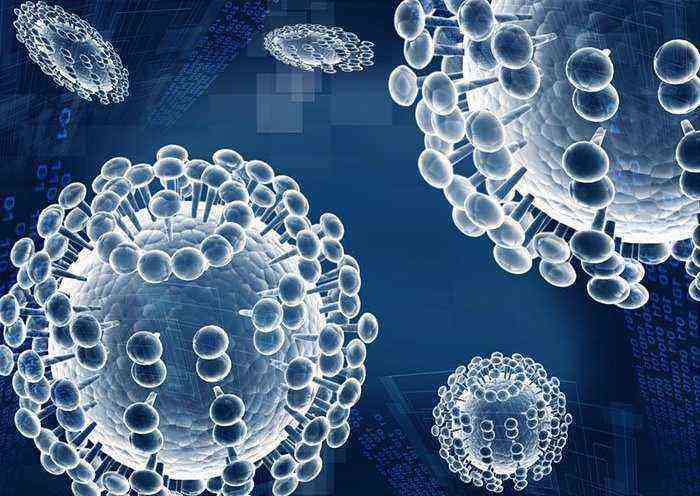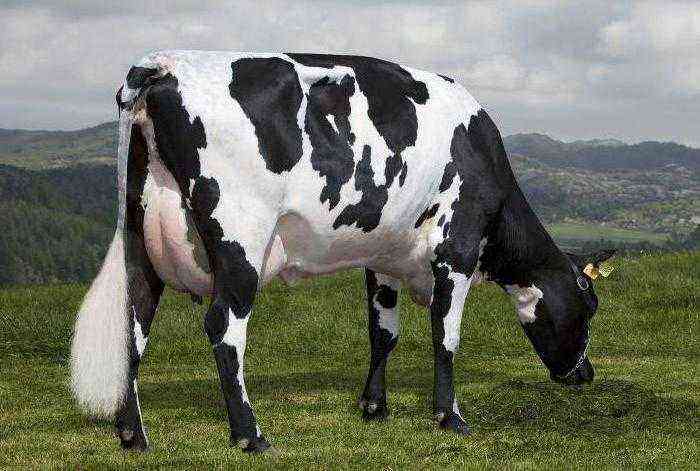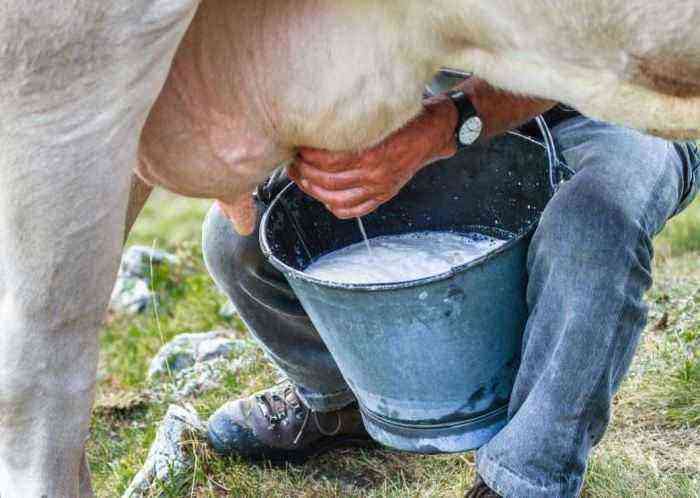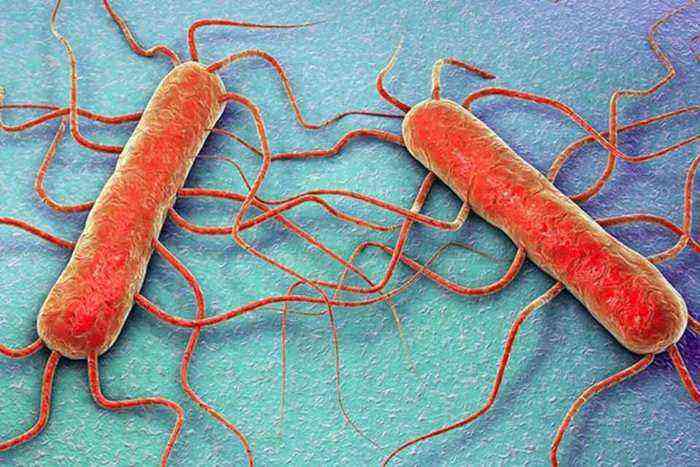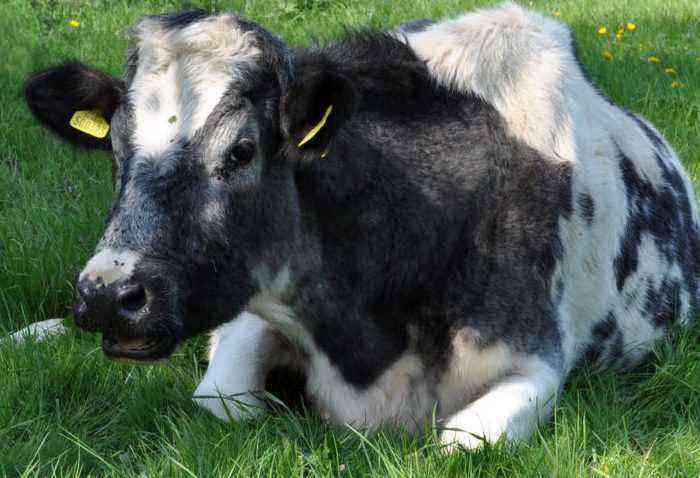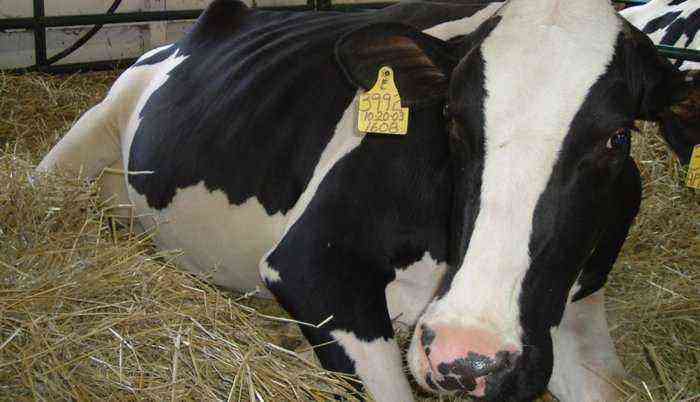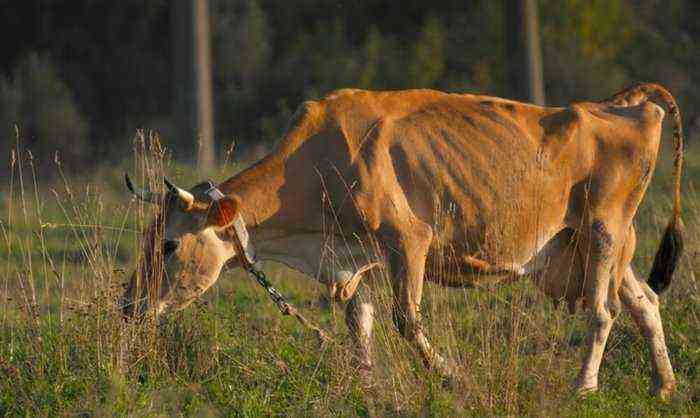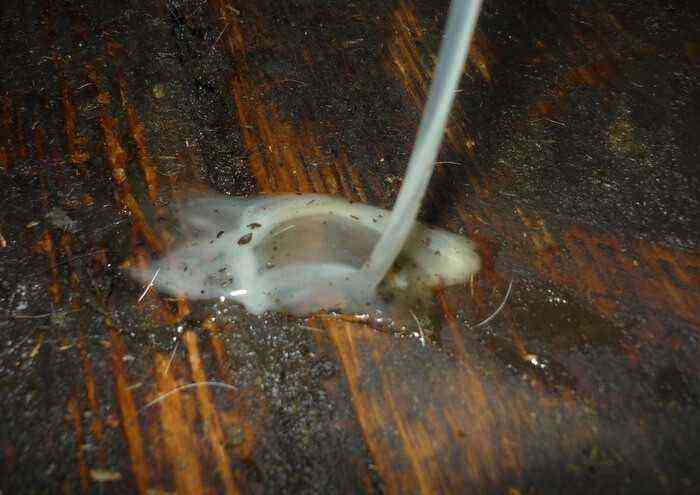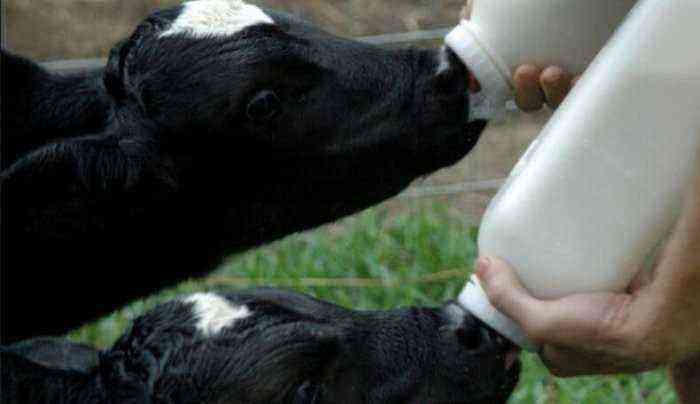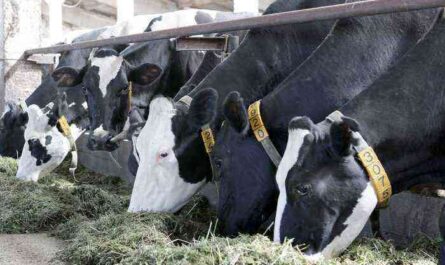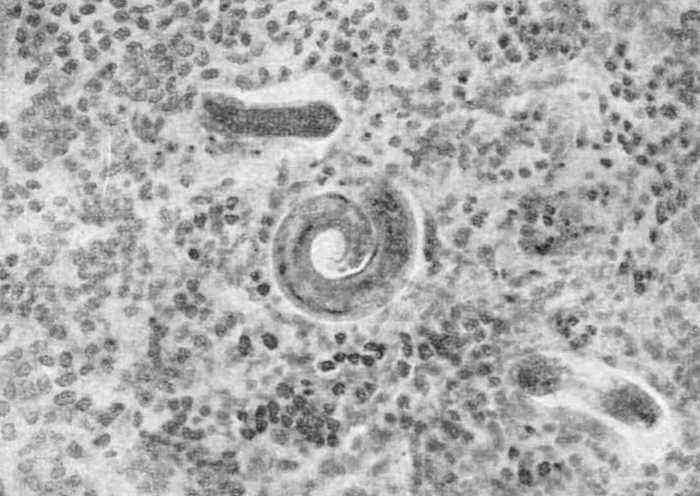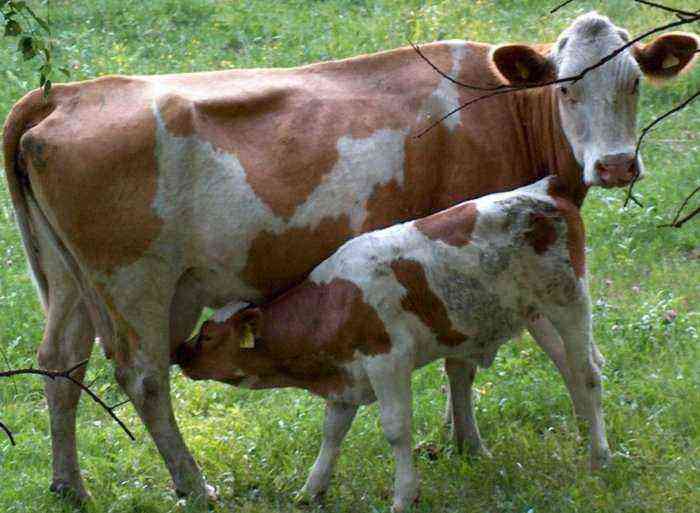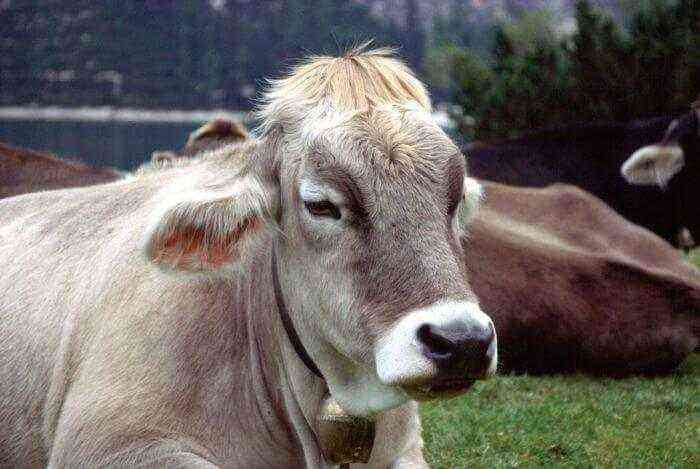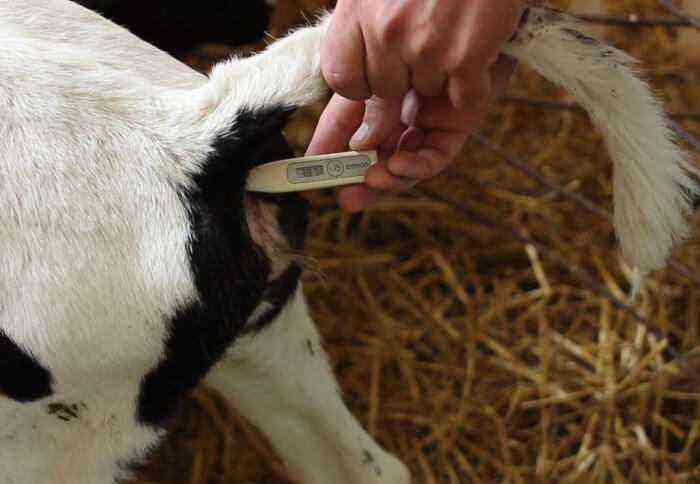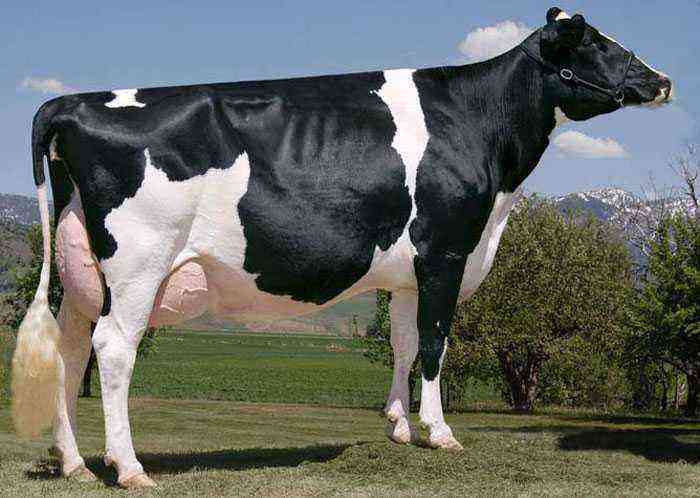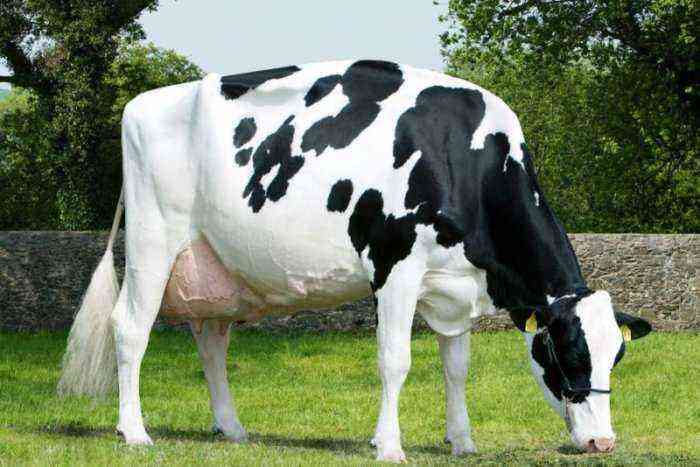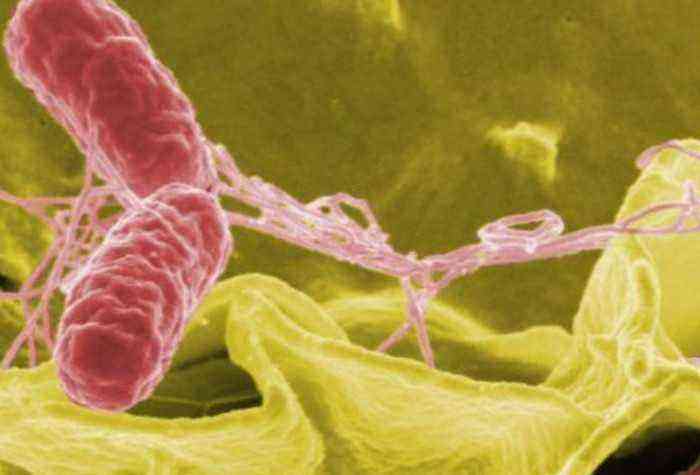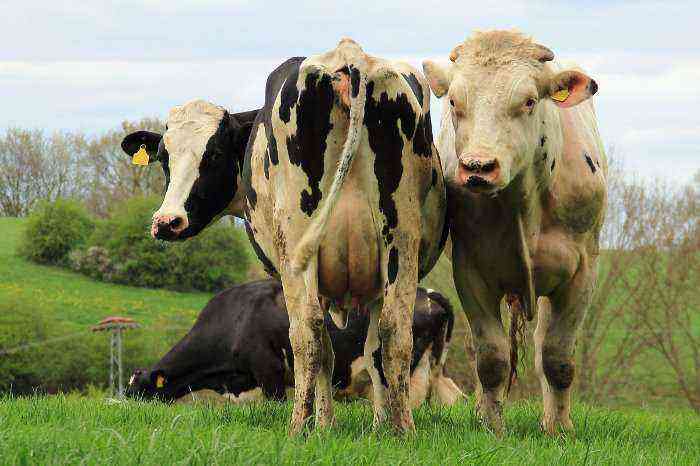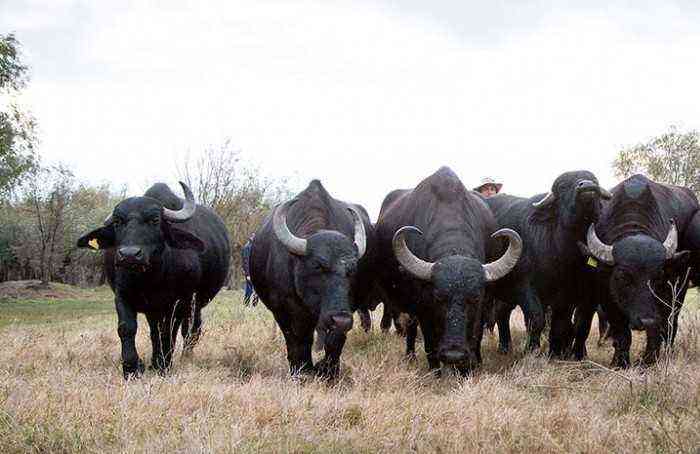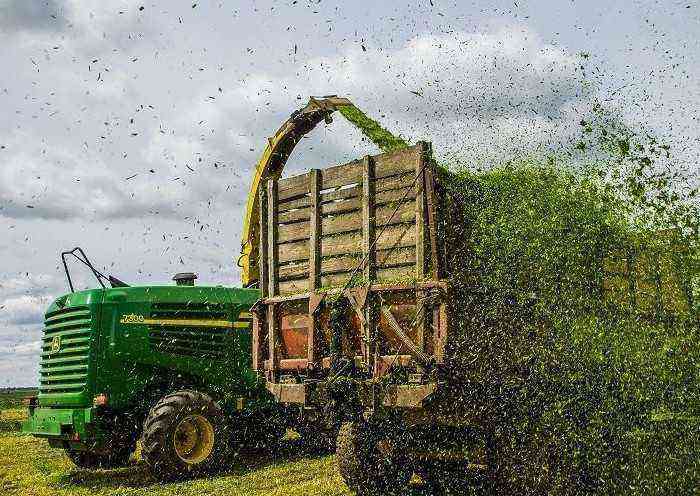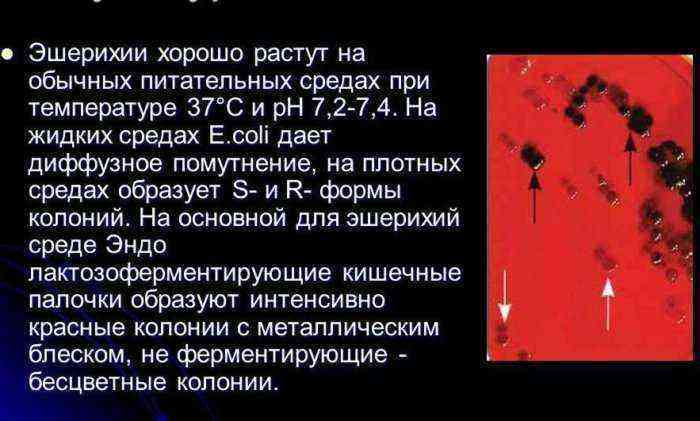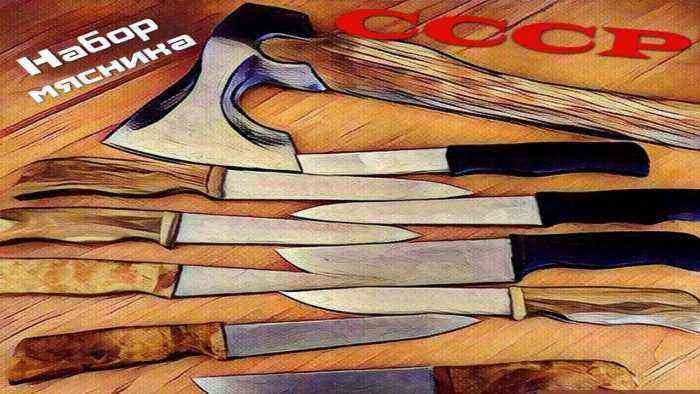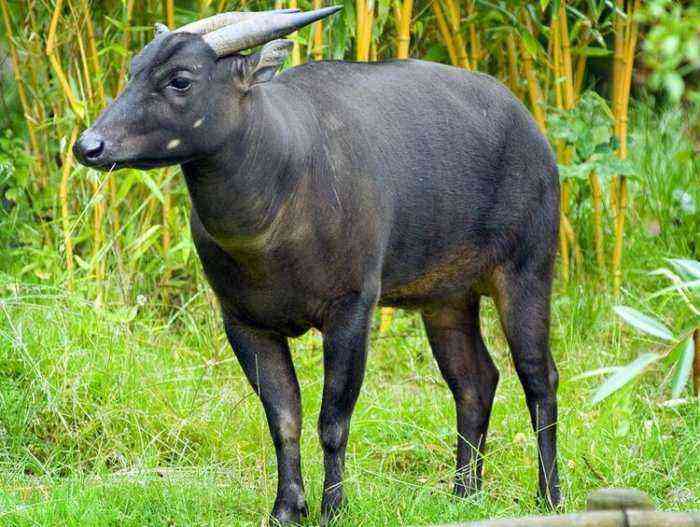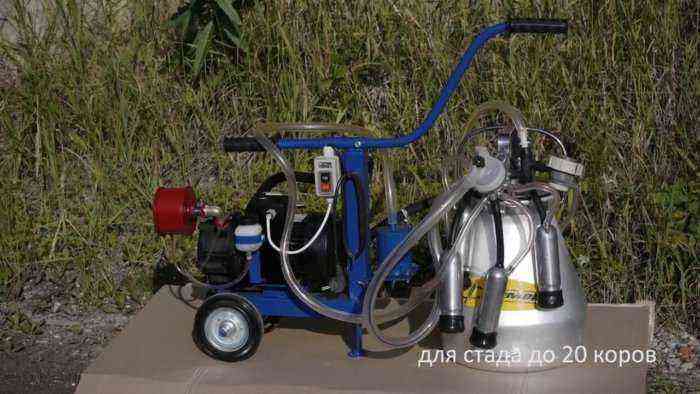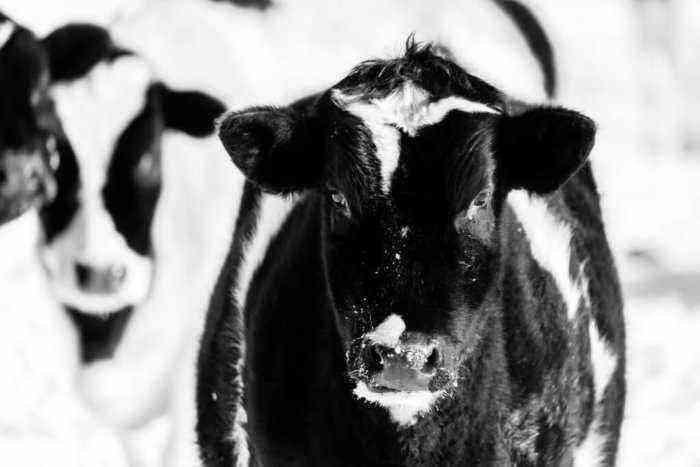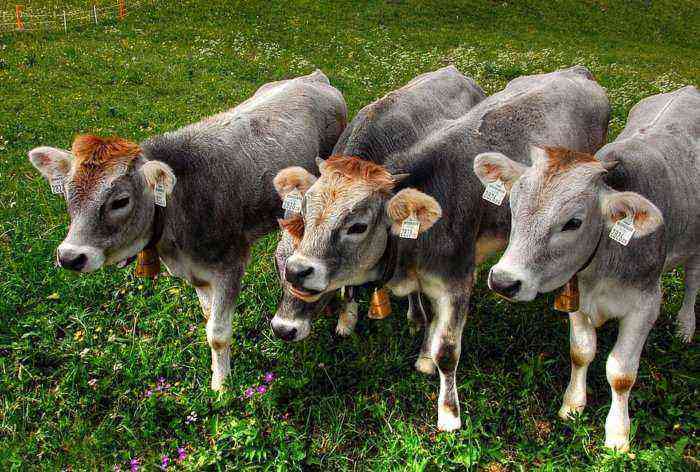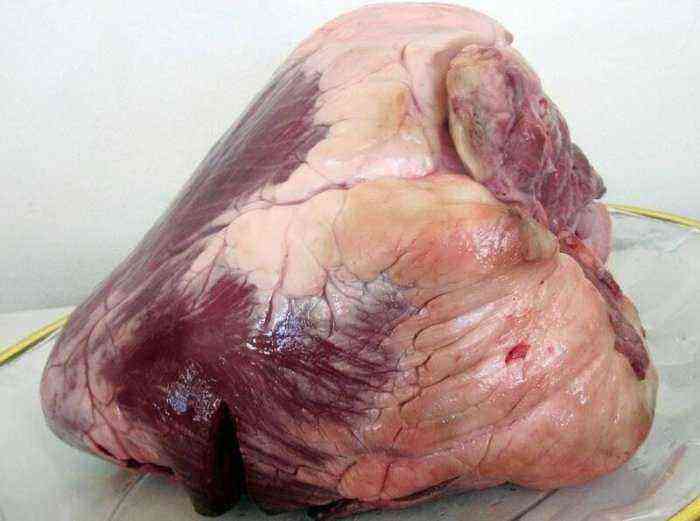After birth, and sometimes at a later period, the farmer may notice that the calf does not stand up. This situation indicates possible problems that arose during calving, or health pathologies in the newborn. Consider the causes of muscle weakness in calves, as well as ways to help a sick animal.
Calf after calving
When should a calf stand up after giving birth?
It is considered normal if the calf that was born lies near the mother for a short time – no more than 15-20 minutes. But if the baby does not rise later, this indicates his weakness. According to statistics, about 3% of newborn calves die in the first hours after calving, and another 3% die during the first month of life. If the animal does not rise to its feet, it needs help. Consider the possible reasons for this state.
Causes of Weakness
Many factors affect the health of a calf, but to a greater extent, its condition depends on whether intrauterine development took place correctly. If a pregnant cow has not been given proper care, and especially good nutrition, this is reflected in the fetus.
The lack of nutrients or vitamins leads to the fact that the developing calf takes from the mother’s body what it needs for full development. If this is not enough, the risk of various pathologies is high. An acute lack of nutrients and oxygen in the blood leads to fetal hypoxia, and this is fraught with slowing down the growth of muscle mass. This is the main cause of weakness in newborn calves.
Oxygen starvation is not always associated with malnutrition of a cow during pregnancy. Often other reasons contribute to this condition:
- Twisting, contraction of the umbilical cord at calving. Especially dangerous is the protracted process of childbirth in this situation.
- Inflammatory processes in the uterus during pregnancy (there is a violation of blood circulation in the placenta, as a result, the fetus receives little oxygen).
During childbirth, all calves undergo hypoxia to some extent. That is why they need time to come to their senses, to inhale the first portion of air into the lungs. This is not easy for babies, but healthy individuals cope on their own. The rest will need help.
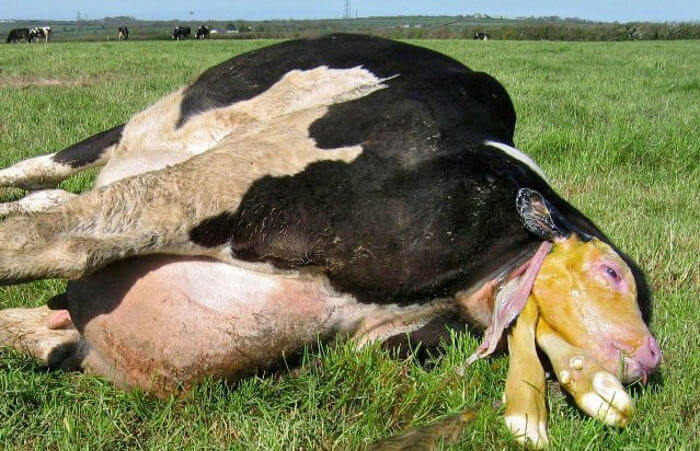
Fetal hypoxia
Help for a newborn calf
Immediately after the body of the calf leaves the birth canal, the farmer should help him to take his first breath. Consider what actions need to be taken:
- Take the newborn by the hind limbs (in the pelvic area) and lift up. This will allow the airways to clear the mucus plug.
- Clear the mouth and nose of mucus.
- Squeeze the nose, pull out the tongue of the animal, stimulating the release of the secret from the respiratory tract.
- To stimulate blood circulation, you need to pour cool water on the occipital region.
- If the above actions are ineffective, they resort to the help of medicines, for example, Respirot, this drug is presented in the form of an emulsion. It is necessary to inject 5 ml of the product into the cheek or into the nasal passage of the calf.
- If all else fails, injections of atropine or adrenaline are administered to urgently stimulate respiratory function.
- Perform artificial respiration by holding the mouth and one nostril of the animal.
Attention! In such a situation, the help of a specialist is extremely important. Enlist his support at the initial stage of labor activity. Continue resuscitation until he arrives.
If the baby was saved, he was able to take his first breath, in the future he needs to be monitored, since it is likely that he will not live even a month. Calves that have undergone hypoxia at calving or during fetal development have a very low survival rate.
Symptoms of fetal hypoxia
If the calf was born weakened, but he breathes on his own, you can recognize the transferred hypoxia by the following signs:
- The animal does not rise to its feet for about an hour or more.
- He has little or no sucking reflex.
- Breathing is frequent, shallow.
- The mucous membranes are pale, sometimes cyanotic.
- Low temperature.
- Almost no reaction to external stimuli.
- The heart rate is slow.

A sign of hypoxia – the calf does not get up
Calves showing these symptoms need close attention and care. Consider what leads to this state of newborns after calving.
Factors that affect calf health
It has already been indirectly mentioned that the main reason for the weakness of newborns is the malnutrition of the cow during pregnancy. But there are other factors that affect the health of young animals in the first month of their life:
- Late start cow.
- Untimely drinking of colostrum.
- Giving colostrum from a sick cow, for example, suffering from mastitis.
- Abrupt dietary changes.
- Grazing on frozen grass.
- Feeding poor quality food.
- Non-compliance with the frequency of feeding, excess feed.
- Unsanitary conditions in the stall.
All these factors affect the health of calves in the first weeks of their life. They are especially dangerous for animals that have undergone hypoxia during calving, since their body is very weakened.
Sudden leg failure
An outwardly healthy grown calf may stop rising to its feet. Such a pathology requires urgent diagnosis and assistance to a sick individual. The causes of sudden leg failure are different:
- Hoof injuries.
- Disorders and pathologies of the nervous system.
- Diseases associated with a lack of trace elements or vitamins.
Limb injuries
If the calf falls to its feet, does not rise, lies, or makes attempts to get up, but drags its hind limbs behind it, the traumatic factor should be excluded first of all. Inspect the hooves for dislocation, pinching, suppuration. Pay attention to the tone of the muscles of the legs.
Disorders of the central nervous system
If there is no injury, disorders of the central nervous system fall under suspicion. In this case, the following symptoms are present:
- Decreased muscle tone.
- Pupils do not react to light or their reaction is very weak.
- The animal looks sleepy.
- Complete lack of physical activity.
Attention! A veterinarian should make a diagnosis with such symptoms, since in this case there are serious pathologies – spinal cord injuries, various tumors, hemorrhages, overheating of the animal.
disease
If there are no signs of damage to the nervous system, then other causes of leg failure should be considered – diseases caused by beriberi:
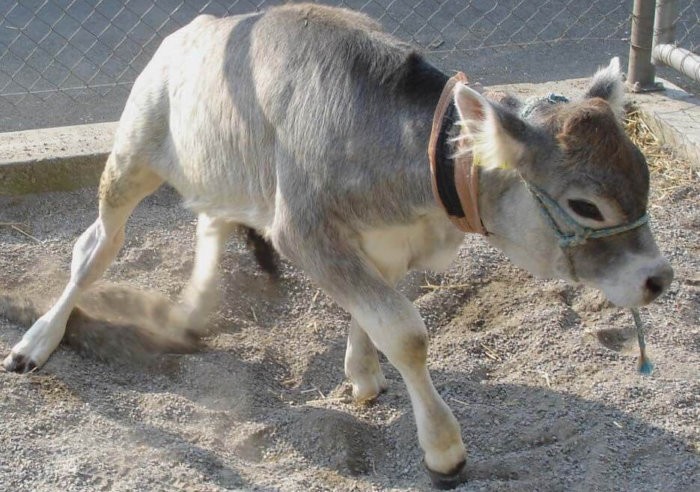
white muscle disease
- Rickets.
- White muscle disease.
- Goiter disease.
- Alimentary dystrophy.
All these ailments occur against the background of a lack of vitamins or trace elements.
Rickets. It develops with a lack of vitamin D in the body. Additional symptoms that facilitate diagnosis are perverted appetite, deformity of the bones of the spine and limbs.
white muscle disease. It is observed with a lack of tocopherol and selenium. For this disease, in addition to damage to skeletal muscles, other symptoms are also characteristic – swelling, enlargement of the heart, congestion of the lungs.
goiter disease. Occurs against the background of iodine deficiency. Characteristic signs – an increase in the thyroid gland, deformation of the bones of the skull, limbs, lethargy, protrusion of the eyes, low body temperature.
Alimentary dystrophy. The disease develops due to lack of food, the animal loses weight, becomes very weak and stops getting up. Other symptoms include hair loss, defecation problems, and exhaustion.
Attention! Each of these diseases must be urgently treated, otherwise the death of the animal may occur. In these cases, it is impossible to do without veterinary care.
If the calf cannot stand up or falls to its feet after calving, then it has undergone hypoxia. Grown up animals also in some cases cease to rise, which is most likely associated either with trauma or with disorders in the central system. Another reason for this condition are diseases that develop against the background of beriberi.
